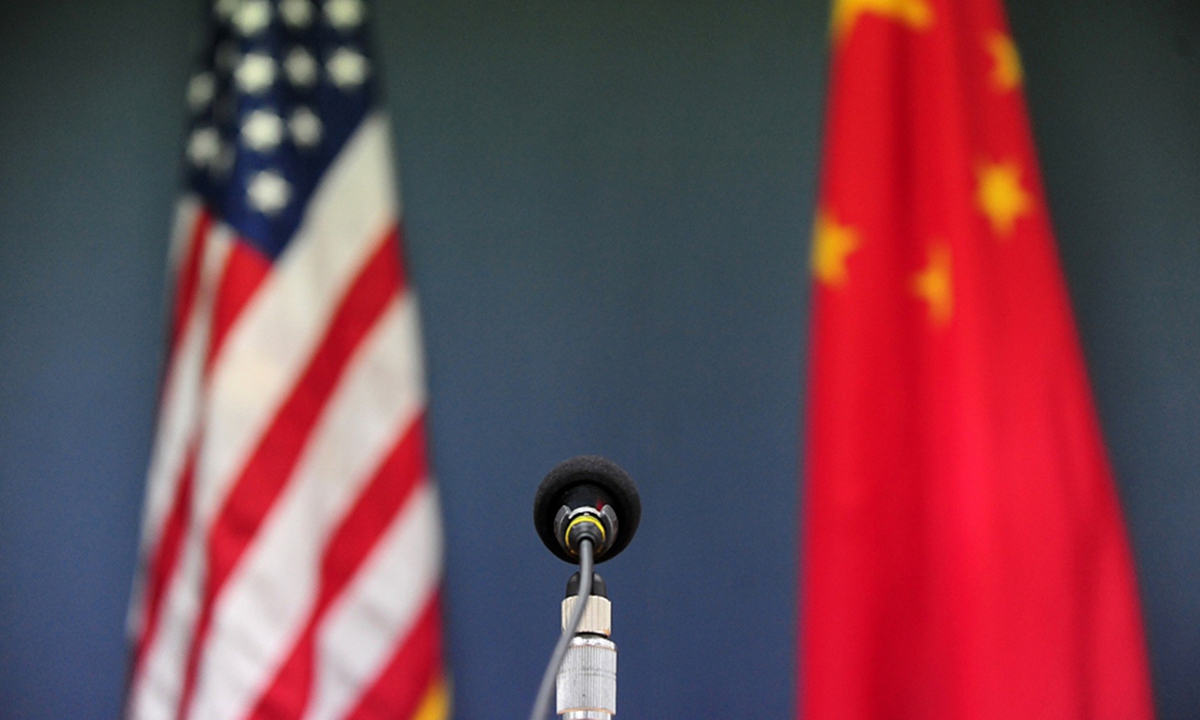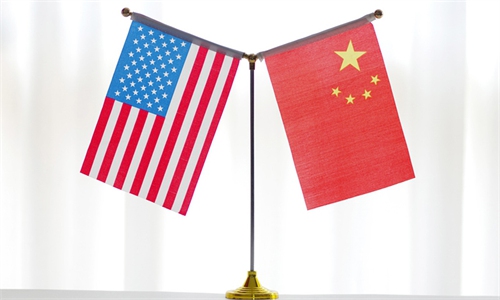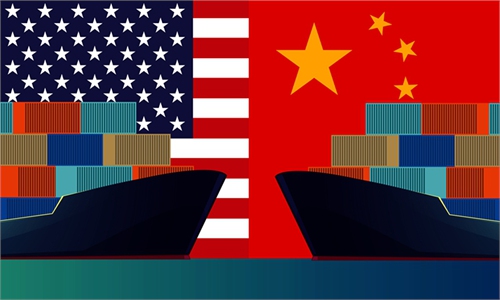
China US Photo: VCG
The US trade deficit soared 27 percent in 2021 to reach an all-time high of $859.1 billion, among which the deficit with China widened to $355.3 billion from $310.3 billion in 2020, according to data issued by the US Commerce Department on Tuesday.The widening trade deficit is of irony considering the fact that the US has been piling up trade pressure on China by various means such as imposing sanctions and tariffs. None of the goals the US hoped to attain, such as bringing manufacturing back to the country, reducing the US trade deficit, and containing China's rise by weakening its economy - has been achieved.
If anything, the essence of the US trade deficit with China underlines the fact that the US has no alternative industrial chains to replace China's manufacturing powerhouse.
It is not long ago that the "hollowing out" of US manufacturing was a hot topic of discussions in business and academic circles. While most of the high-end manufacturing remains in the US, the lower- and middle-end industries have moved out of the country - a natural development for developed economies. That means despite its control over the high-end industrial sectors, the US still needs other countries, particularly China, to produce consumer goods like smartphones, clothes, furniture and so on.
The tariffs did not dampen strong demand from American consumers for Chinese goods. And since the tariffs the US levied on Chinese imports are largely borne by US consumers and companies, the US economy is suffering more than China's.
Now how to rein in the rising inflation has become the biggest challenge facing the Biden administration, which know clearly that the country's inflation crisis has something to do with its heavy tariffs on Chinese imports while still unwilling to give up those tariffs. But if the Biden administration keep prices at near record highs, rising discontent with surging prices is likely to ruin the Democratic Party in the upcoming midterm elections.
This dire economic situation perhaps explains why the US lawmakers have been urging the US Trade Representative (USTR) to expand tariff exclusions on Chinese goods. A bipartisan group of 41 senators wrote to the USTR in a letter requiring it to create a more comprehensive process to exclude Chinese imports from punitive tariffs, Bloomberg reported on Tuesday.
The US may want to use tariff exclusions to ease the pain the high tariffs brought on American businesses and consumers while keeping up the pressure on China. But China won't allow the US to play its rogue logic when it comes to bilateral trade.
Over 120 countries are trading more with China than with the US, and Chinese companies are still exploring for more markets other than the US. With flexible export mechanisms and timely policy adjustment, China has the capability to tackle the US tariffs.
Fundamentally speaking, the key to narrowing China-US trade deficit does not lie in the imposition of US tariffs on Chinese goods, but in the relaxing restrictions on imports to China. Restricting Chinese exports to the US is unlikely to help achieve a trade balance. Allowing China to buy what it needs, rather than forcing it to buy what it doesn't need, is the only way to move toward a trade balance for the two giant economies. In this sense, by targeting Chinese high-tech companies with sanctions, Washington is creating a bigger trade imbalance.



